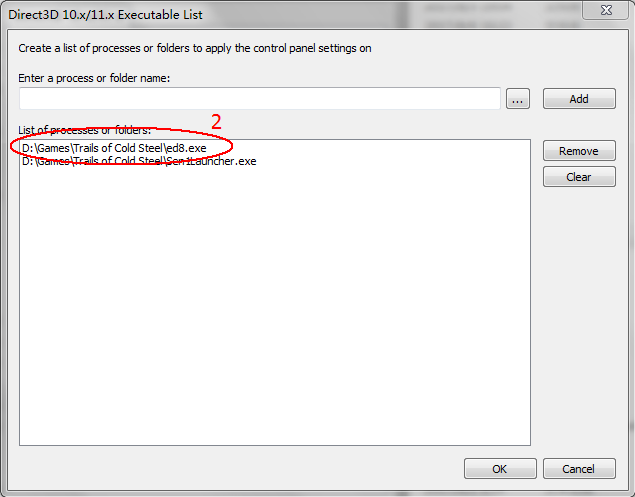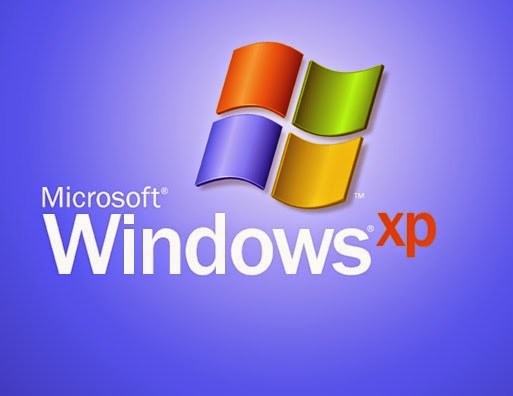



No longer does the Start menu use fly-outs and scroll-outs to show you what shortcuts to programs and folders you have on your computer. The Start menu in Windows 7 has been completely reworked and has been met with several criticisms. Not a big deal, but many tech support personnel have spent hundreds of hours answering the simple question of where the Documents and Settings folder went in Windows 7. The Documents and Settings folder, the location for all protected personal files and folders, has been replaced with a simple Users folders. With Windows XP, think opaque, with Windows 7, think translucent. Features such as Aero Snap let you quickly organize open windows and transparency makes it easy to see what’s underneath other windows. The Aero Desktop is really nothing more than a collection of window and desktop behaviors that make Windows 7 the prettiest version of the operating system to date. You can download the Windows 7 Upgrade Advisor tool from Microsoft, which will check your hardware and give you a recommendation on whether or not to upgrade. Which you choose largely depends on your computer’s hardware and the availability of drivers and other software to make everything work in your PC. When upgrading from XP to Windows 7, you will have to decide whether you want the 32-bit version (x86) or the 64-bit version (圆4). 64-bitĪlthough Windows XP did have a 64-bit version (Windows XP 圆4), many people are unaware that it even existed. Users must either purchase an e-mail client such as Outlook, use a free service such as Windows Live Mail or, or download an open source email client such as Thunderbird. Strangely, Windows does not ship with any email client at all.

OE was removed from Windows Vista but was replaced with Windows Mail. Outlook Express (OE) has been a trusted friend since Windows 95, so much so that many people have never used another e-mail client.


 0 kommentar(er)
0 kommentar(er)
